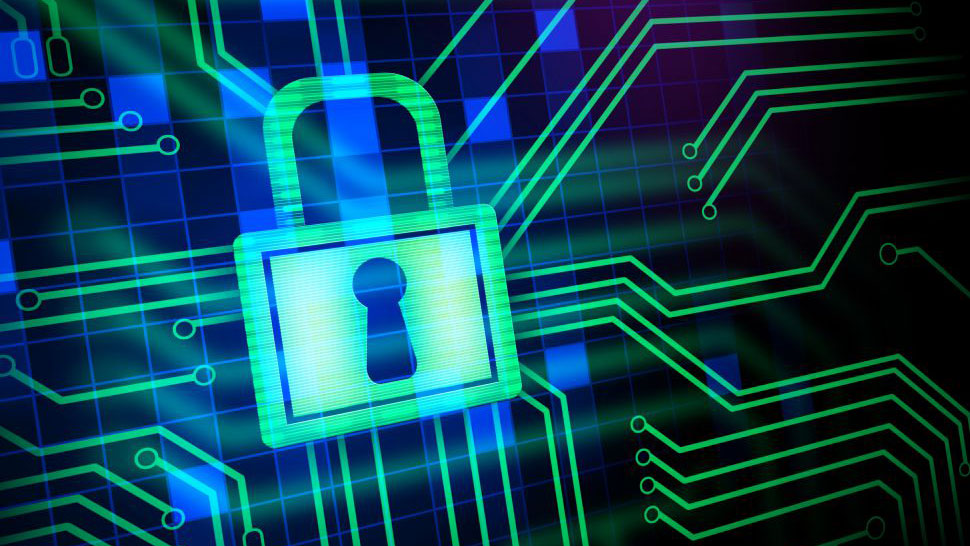
In a modern enterprise environment, the network is in a constant state. The equipment has been configured, policies have been adjusted, and the architecture has been remade. Configuration drift is inevitable. However, while change is essential, unmanaged change is a responsibility. Configuration errors are one of the most persistent sources of security incidents, and even good intentions can break operations without proper structure.
Configuration and network change management provide the guardrails needed to maintain security, reliability, and scalability when considered as a formal discipline rather than a background process. This way, errors can be avoided, but more importantly, repeatability, accountability and operational confidence are embedded in the evolution of the network.
Senior Vice President of Firemon International Business.
Establish centralized control
Effective change management begins with control, and control requires visibility. Distributed tools and team silos lead to inconsistencies and blind spots. A centralized system for configuration management creates a single, authoritative source of truth. This allows the team to baseline the current state of the device, track changes in real time, and determine deviations from the expected configuration.
Centralization can also achieve relevance. Instead of reviewing logs in isolation, teams can compare device status across the entire network, identify systemic drifts and trace issues back to specific change events. In the event of a power outage or security incident, this traceability shortens the path from diagnosis to recovery. Rollback is faster because the configuration is version and controlled. Post-change verification becomes an inherent part of the process, not an afterthought.
Drive consistency through automation
As infrastructures become more distributed, manual processes become more difficult to manage and more error-prone. Inconsistent configurations, drifts and undocumented changes create operational risks and makes regulatory compliance more difficult to maintain. Automation introduces the structure required for secure extension.
Automatic configuration management enforces standard benchmarks, identify biases and apply corrective actions with consistency. It reduces reliance on manual interventions while enhancing auditability and ensuring record, traceability and policy alignment.
This level of control is crucial in a regulated environment. Automation tools can continuously verify device configurations based on defined safety standards, surface and trigger remedial workflows. Instead of preparing for an outbreak, the team remained stable in compliance readiness.
Automation ensures that network changes are not only performed consistently, but are documented in a way that meets operational and regulatory expectations.
Enforce security through access governance
In many organizations, configuration access is still too wide, segmented or loosely monitored. This not only exposes the network to external threats, but also leads to unexpected misconfiguration and internal risks. Restricting access to the configuration interface must be non-negotiable.
Granular, role-based access control frameworks are crucial. Users should only modify the devices or parameters related to their responsibilities and record each operation to an identity.
The risk of unauthorized or unexpected changes is greatly reduced when changes are linked to identities and control identities through policies.
How illusions destroy network security
Once the changes are deployed, the usually most difficult part has ended. However, even regular configuration updates can introduce risks without the correct controls and safeguards. In practice, many of the most destructive security incidents are not caused by complex threats, but are due to small and avoidable errors in configuration.
A single mistake – whether the rules are too broad, the remaining services or default settings remain unchanged – will harm an otherwise secure environment. These errors usually don’t attract attention, as they don’t trigger an alarm or interrupt the function immediately. But they quietly weakened the security posture of the network.
Incorrect configuration can lead to unauthorized access where internal systems can be reached from outside the network or from unexpected internal segments. They can create blanks in firewall enforcement, allowing traffic that should be blocked. They can expose sensitive services to external discoveries, thus amplifying the attack surface of the organization.
Crucially, these problems do not always stem from a lack of knowledge. In many cases, they are caused by a lack of process: lack of verification steps, inconsistent policy application, or lack of visibility into cumulative effects over time. In a distributed environment, small deviations quickly add up. Without a clear baseline or continuous supervision, it is difficult to verify whether the expected state of the network matches the actual state on the ground.
Disciplines offered
The problem reconciles when change management is not implemented well. Downtime increases. The vulnerability persists. Teams lose confidence in their tools and processes. The business department lost confidence in this.
However, when viewed as a structured technical discipline, configuration and change management will become the power multiplier. By embedding early capture of drift, consistency across environments, and establishing controls on validation and rollback opportunities, organizations can reduce the risk of misconfiguration becoming the root cause of major events.
Due to change rather than fragile networks. They are fragile because they change without structure.
We introduce the best online cybersecurity courses.
This article is part of Techradarpro’s expert insights channel, where we feature the best and smartest minds in today’s technology industry. The views expressed here are those of the author, not necessarily those of Techradarpro or Future Plc. If you are interested in contributing more information: https://www.techradar.com/news/submit-your-story-story-totor-to-techradar-pro
